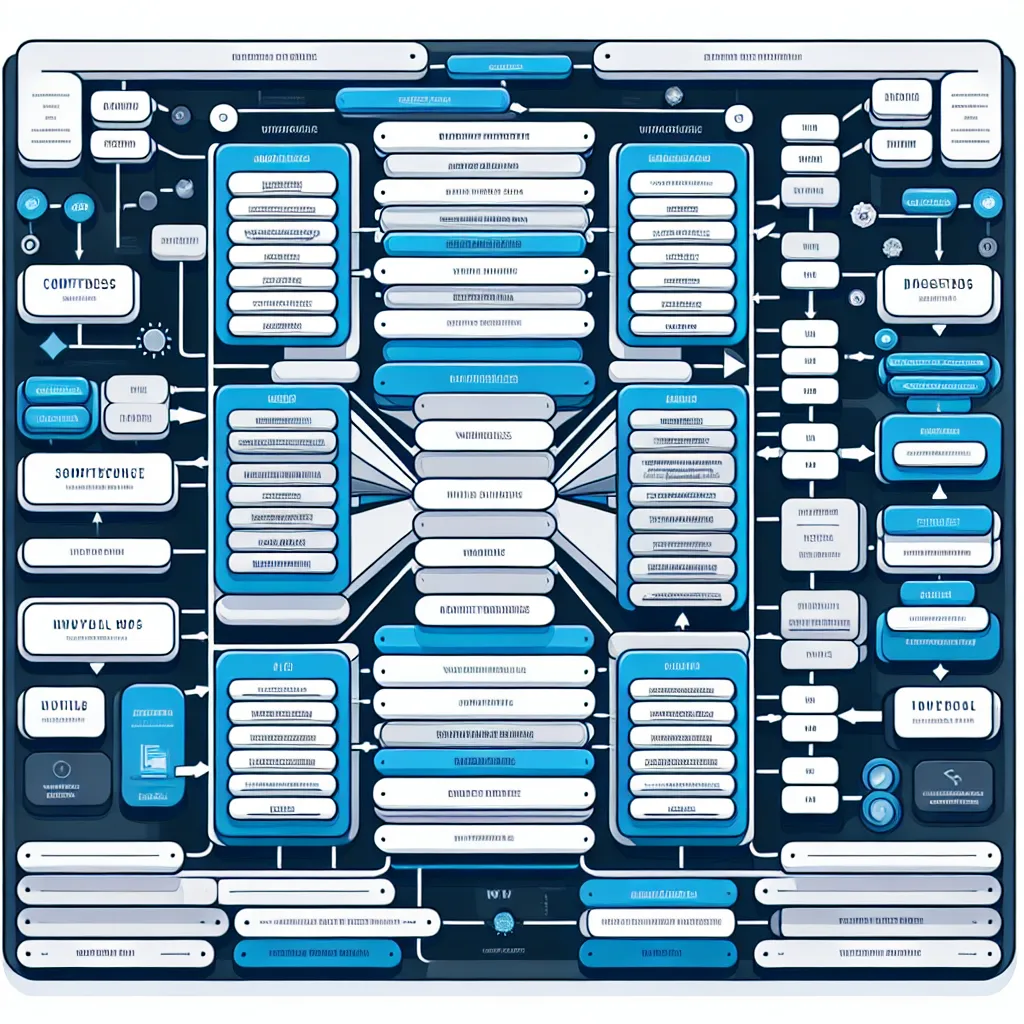Comparing MVC Frameworks

When it comes to web development, choosing the right framework can make all the difference. MVC (Model-View-Controller) frameworks have become a popular choice due to their structured approach to building applications. This blog post dives into some of the most popular MVC frameworks, comparing their features, performance, and use cases to help you make an informed decision.
Key Takeaways Table
| Feature/Framework | Angular | React | Vue | Django | Ruby on Rails |
|---|---|---|---|---|---|
| Language | TypeScript | JavaScript (JSX) | JavaScript | Python | Ruby |
| Learning Curve | Steep | Moderate | Easy | Moderate | Moderate |
| Performance | High | High | High | Moderate | Moderate |
| Use Case | Large-scale applications | Single-page applications | Progressive web apps | Data-driven websites | Web applications |
| Ecosystem | Rich | Very Rich | Rich | Rich | Rich |
| Community Support | Large | Very Large | Large | Large | Large |
Introduction
MVC frameworks are a cornerstone of modern web development, offering a structured way to build scalable and maintainable applications. By separating concerns into three interconnected components - the Model, View, and Controller - MVC frameworks provide a clear architecture that enhances code quality and development speed.
Popular MVC Frameworks Compared
Angular
Angular, developed by Google, is a TypeScript-based open-source web application framework. It’s designed for developing single-page applications with a focus on high performance and scalability.
- Pros: Robust, rich ecosystem, comprehensive documentation.
- Cons: Steep learning curve due to its complexity and vastness.
import { Component } from '@angular/core';
@Component({ selector: 'app-hello-world', template: ` <h1>Hello World!</h1> `,})export class HelloWorldComponent {}React
Although React is more of a library than a framework, it adopts the MVC pattern when used in combination with other libraries like Redux or MobX. Developed by Facebook, React is renowned for its virtual DOM feature that optimizes rendering and boosts performance.
- Pros: High performance, massive community support, flexible.
- Cons: JSX as a template syntax can be confusing for newcomers.
import React from 'react';
function HelloWorld() { return <h1>Hello World!</h1>;}
export default HelloWorld;Vue
Vue is a progressive JavaScript framework used for building UIs and single-page applications. It’s designed to be incrementally adoptable.
- Pros: Easy learning curve, lightweight, and highly flexible
- Cons: Smaller community compared to Angular and React.
<template> <h1>Hello World!</h1></template>
<script>export default { name: 'HelloWorld'}</script>Django
Django is a high-level Python Web framework that encourages rapid development and clean, pragmatic design. It’s particularly good for developing complex data-driven websites by following the DRY (Don’t Repeat Yourself) principle.
- Pros: Rapid development, includes an ORM (Object-Relational Mapping), great for data-driven websites.
- Cons: Monolithic, not as suitable for smaller projects or microservices.
from django.http import HttpResponse
def hello_world(request): return HttpResponse("Hello World!")Ruby on Rails
Ruby on Rails is a server-side web application framework written in Ruby. It’s designed to make programming web applications easier by making assumptions about what every developer needs to get started.
- Pros: Convention over configuration, rapid development, great community.
- Cons: Performance can be an issue for high-traffic applications.
<h1>Hello World!</h1>Conclusion
Choosing the right MVC framework depends on various factors including project size, team expertise, and specific project requirements. Angular offers a comprehensive solution for enterprise-level applications. React shines in building high-performance user interfaces with significant community support. Vue is excellent for quick development of small to medium web projects due to its simplicity and flexibility. Django and Ruby on Rails are ideal for rapid development of data-driven websites and web applications with their convention over configuration philosophy.
Remember, there is no one-size-fits-all solution in web development. Evaluating the specific needs of your project against what each framework offers is key to making the right choice.
